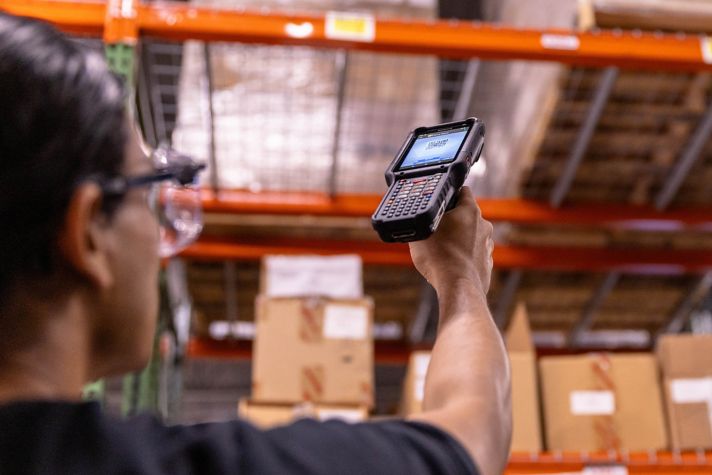What you’ll learn from this article:
- How hospitals can implement a unified system to better manage life safety and security systems
- How connected technology can benefit hospital building operations, whether it’s for one facility or a network of hospitals
Few settings are as complex and high stakes as hospitals, where every second and every decision matters. From emergency departments and inpatient rooms to operating suites and intensive care units, maintaining the highest level of safety and security is critical.
In many hospital facilities, monitoring systems — including fire, HVAC, access control and surveillance — function independently. While each plays a vital role, systems that are disconnected lack the ability to share information, hindering coordinated, unified emergency response and putting building occupants and essential physical and digital infrastructure at risk.
To meet evolving safety and security threats head-on, hospitals are increasingly adopting comprehensive, interoperable solutions to help safeguard assets and improve decision-making to better protect patients and staff and ensure continuity of care.
Honeywell’s Commitment to Smarter, Safer Healthcare
At Honeywell, we understand that safety and security in healthcare is non-negotiable, and we’re committed to delivering integrated life safety and security solutions that create safer and more resilient hospital environments.
With Honeywell, hospitals can:
- Take command of life safety and security systems from a unified platform
- Strengthen infection control by monitoring air quality, pressurization, temperature and airflow to meet safety requirements in operating rooms, isolation units and patient care areas
- Safeguard people and facilities from physical threats with coordinated alarms, access control, panic alerts and surveillance
- Act quickly with coordinated communication, automated alerts and real-time visibility
- Protect against OT cybersecurity vulnerabilities by identifying risks and preventing digital disruptions to critical systems
- Control access to sensitive areas and patient data to ensure privacy and regulatory compliance
- Unify multisite coordination through interoperable systems that streamline emergency response across departments and locations
Imagine a fire alarm triggering a series of actions: HVAC systems adjust to contain smoke, emergency services are notified and evacuation procedures are initiated. This level of coordination is only possible when systems work together.
In the past three years, 90% of healthcare facilities have upgraded their physical security systems.
— International Association for Healthcare Security and Safety (IAHSS)
A New Standard for Safety and Preparedness
As the demands on healthcare facilities continue to grow, so does the need for smarter, more connected infrastructure. Resilience isn’t just about bouncing back — it’s about building systems that anticipate, adapt and respond in real time. That’s why hospitals are rethinking how safety, security and facility operations work together to create a safer environment.
Whether you’re managing a single building or a network of hospitals, the path forward is clear. Stay ahead of risk, stay focused on care and stay connected with Honeywell.
Learn more about enhancing hospital safety and security with Honeywell.




